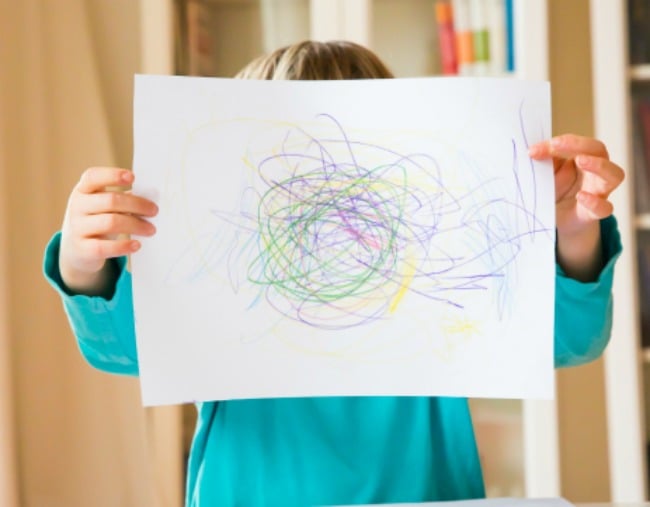“Draw a scientist.”
It’s a simple request that has been put to school kids for more than five decades. And finally, the results are starting to show something very good.
From 1966 to 1977, 5000 primary school students’ drawings of scientists were collected. Typically, the scientists were male, often wearing lab coats, with glasses and “abnormally long sideburns”, according to the researcher. In fact, out of the 5000 drawings, only 28 showed a female scientist. That’s less than one per cent.
But since then, things have changed, in a big way.
Studies from more recent decades show that more than a quarter of kids asked to draw a scientist will draw a woman.
When girls are asked to draw a scientist, 42 per cent will make her female. Even better, with girls below the age of eight, the majority of them will draw a female scientist.
Of course, there’s a still a long way to go. It’s frustrating to see that as girls get older, they’re more likely to associated science with men and draw male scientists. But it’s a big shift from five decades ago.
“Given the underrepresentation of women we observe in several science fields, we shouldn’t expect equal numbers,” says lead researcher David Miller from Northwestern University in the US.
“Encouragingly, though, we can see that children’s stereotypes change over time.”


